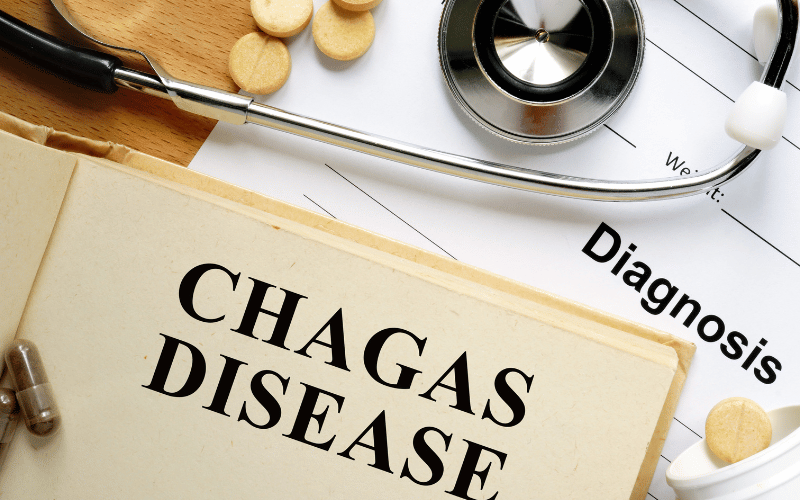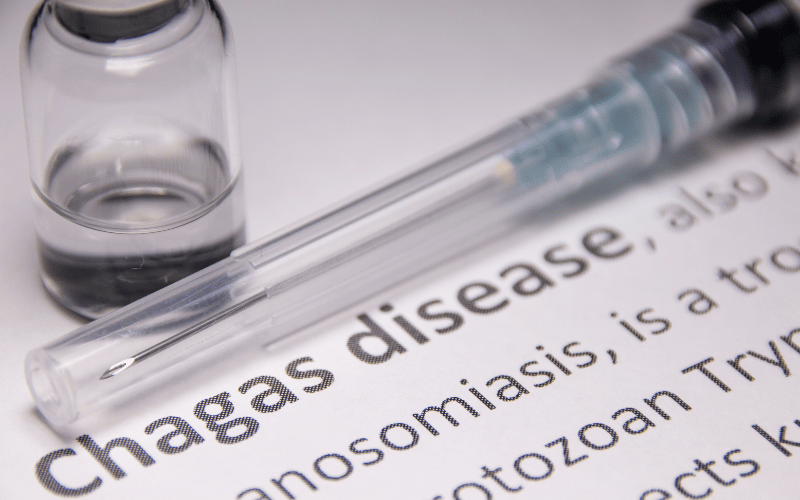Introduction: The Silent Predator Lurking in the Shadows
Imagine a threat so silent and so devious that it affects millions, yet remains largely unheard of in many parts of the world. That threat is Chagas disease, more formally known as American trypanosomiasis. Unlike many well-known diseases that present clear symptoms and are easily detectable, Chagas disease operates behind the scenes, often not showing its true colors until it’s advanced to a critical stage. Its clandestine nature is what makes it so dangerous.

Primarily associated with Latin America’s rural regions, the Chagas disease isn’t just a regional concern. Due to migration and globalization, it’s subtly crept into various parts of the world, making it not just Latin America’s problem but a global concern. Its transmission, predominantly through an insect known colloquially as the “kissing bug,” is just one of the many ways it can spread. Other transmission modes include blood transfusions, organ transplants, and even mother-to-child during childbirth.
Given its widespread nature and severe implications, understanding Chagas disease becomes crucial. It’s not about instilling fear but fostering awareness. Knowledge, as they say, is power. In the case of Chagas disease, knowledge could mean the difference between early detection and treatment versus severe long-term health complications. With this article, we delve deep into the salient points everyone should know about Chagas disease, presenting a clear and detailed picture of what it is, its implications, and how we can guard against it.
Fact 1: What is Chagas Disease?

Chagas disease, a name that might sound foreign to many, is more insidious than one might assume. Delving into its core, Chagas disease is a tropical parasitic ailment caused by a microscopic foe – the Trypanosoma cruzi parasite. But how does this minuscule creature have such a massive impact? It’s all about the host.
The main culprits behind the transmission of this parasite to humans are triatomine bugs. Often referred to as “kissing bugs”, these insects carry the T. cruzi parasite. But it’s not their bite that directly transmits the disease. Instead, after these bugs take a blood meal, they leave behind feces. If these feces enter the body through mucous membranes or breaks in the skin, they can lead to infection.
One might wonder why such a disease isn’t common knowledge. The reason is its stealthy nature. In many cases, individuals infected with Chagas don’t even realize they have it. The symptoms can be that subtle, especially in the initial stages. And while some diseases loudly announce their presence, Chagas operates in the shadows.
But ignoring Chagas or underestimating its impact would be a grave mistake. If left untreated, the disease can have long-term repercussions, affecting vital organs like the heart and the digestive system. It’s a silent, creeping predator, patiently waiting for the right moment to strike. (1)